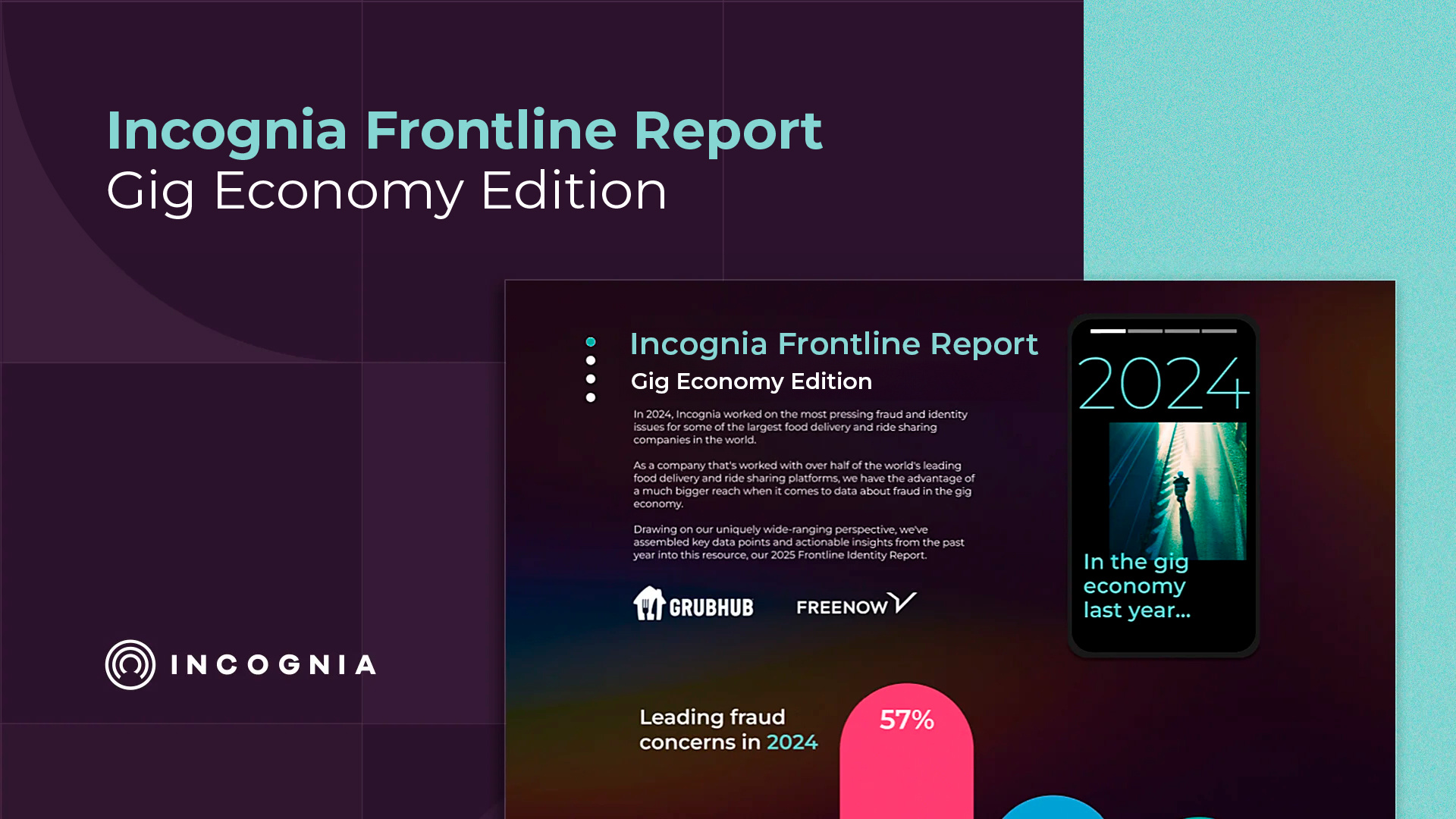- Blog
- How Real-Time Address Verification Can Improve User Acquisition
How Real-Time Address Verification Can Improve User Acquisition
Subscribe to the Incognia Newsletter
Real time address verification is a must for an efficient identity verification flow. Usually, full identity verification processes need significant investment and, depending on the processes used, can create friction that dampens the user experience. That’s why, address verification is a solid first line defense against bad actors - with reduced costs and minimal effort and friction on users' part.
Key TakeAways
- Real-time address verification, when used as an early line of defense in a verification flow, can reduce the risk of fraud and policy abuse.
- Address verification can benefit businesses in the areas of fraud prevention, customer experience, IT costs, and legal compliance.
- Some address verification methods, such as those using legacy databases, are vulnerable to criminals using stolen credentials. Others, like real-time address verification, are more resilient against spoofing and stolen personal information.
Verification methods that compare an address to third-party databases aren't the only solution available anymore. Other methods, such as real-time address verification, are more resilient to attempts to use spoofed or stolen address information and to the problem of false positives. Real-time address verification compares live geolocation data to the user’s self-reported address and flag behavioral anomalies indicating stolen or synthetic personal information.
Address verification confirms that a user’s provided address is connected to that user’s identity. Bad actors need to hide their location to stay anonymous, so address verification can be an excellent first line of defense against onboarding people using fake or synthetic identities. Aside from its identity verification benefits, address verification software can also reduce costs in other ways.
Fraud prevention
A bad actor who can’t hide their true identity won’t be successful for long. A real-time address verification check made during the account creation process requires fraudsters to be at the address associated with the identity they are using. This signal proactively notifies companies of behavioral anomalies early on in account creation ensuring that bad actors are challenged and prevented from onboarding. This behavior signal severely limits the ability of bad actors to engage in organized fraud at scale.
Stopping bad actors as early as possible saves companies money by preventing multiple forms of fraud, including credit scams and money muling, improving the efficiency of the account creation process, and reducing resources needed for manual review and incident investigations further downstream.
Reducing fraud false-positive rates
Inaccurate address verification solutions have serious consequences on user growth. A high false positive rate directly impacts customer acquisition by driving up the cost of acquiring a user. Even if a customer isn’t rejected outright, being asked to provide another form of identification can significantly increase user frustration, onboarding abandonment rates, and verification costs.
While simply skipping verification isn’t a realistic option for most digital platforms, there are solutions that have a much lower false positive rate. Real-time address verification methods can help eliminate many of the issues of third-party database solutions, such as data recency, that increase false positives.
By placing an accurate address verification signal early in the onboarding process, companies can increase fraud prevention without sacrificing customers to false positives impacting business growth.
Customer experience
Bad actors damage the experience for legitimate customers in several ways. While it is a best practice, implementing several verification checks increases the probability that good customers will be flagged as false positives. Additionally, bad press coverage associated with fraud attacks impacts brand perception and customer confidence. However, with the right identity verification tools in place, companies can reduce the impact of false positives and proactively block bad actors at the front door so that teams can spend more time building trust with good customers.
Legal compliance
Know Your Customer and Anti-Money Laundering regulations are a significant concern for financial institutions. Not only is there an ethical dimension to complying with these regulations, but there are also steep financial and legal penalties for failing to comply. Frictionless identity proofing tools like real-time address verification can help financial institutions both comply with the many requirements of a KYC process and maintain a good onboarding experience.
Review costs
Manual review isn’t cost-effective when compared with other, more automatic processes, and yet sometimes it’s still necessary to ensure compliance and rule out fraud. That said, companies can reduce their reliance on manual review by using automatic checks, like automated address verification, as an early line of defense against bad actors.
Address verification can filter out attempts at account fraud before bad actors gain access to the service, reducing the need for expensive manual reviews. Because address verification typically works using an address verification API call, the process is completely automated. That means that address verification at onboarding can reduce the costs and resources required for the rest of the identity verification stack. Using address verification as a vanguard solution, the ID verification flow can improve its efficiency while lowering its cost.
Identity verification helps prevent fraud, improve customer satisfaction, and drive conversions. Readers interested in learning more about the ins and outs of address verification can read Incognia’s FAQ on the subject found here.




